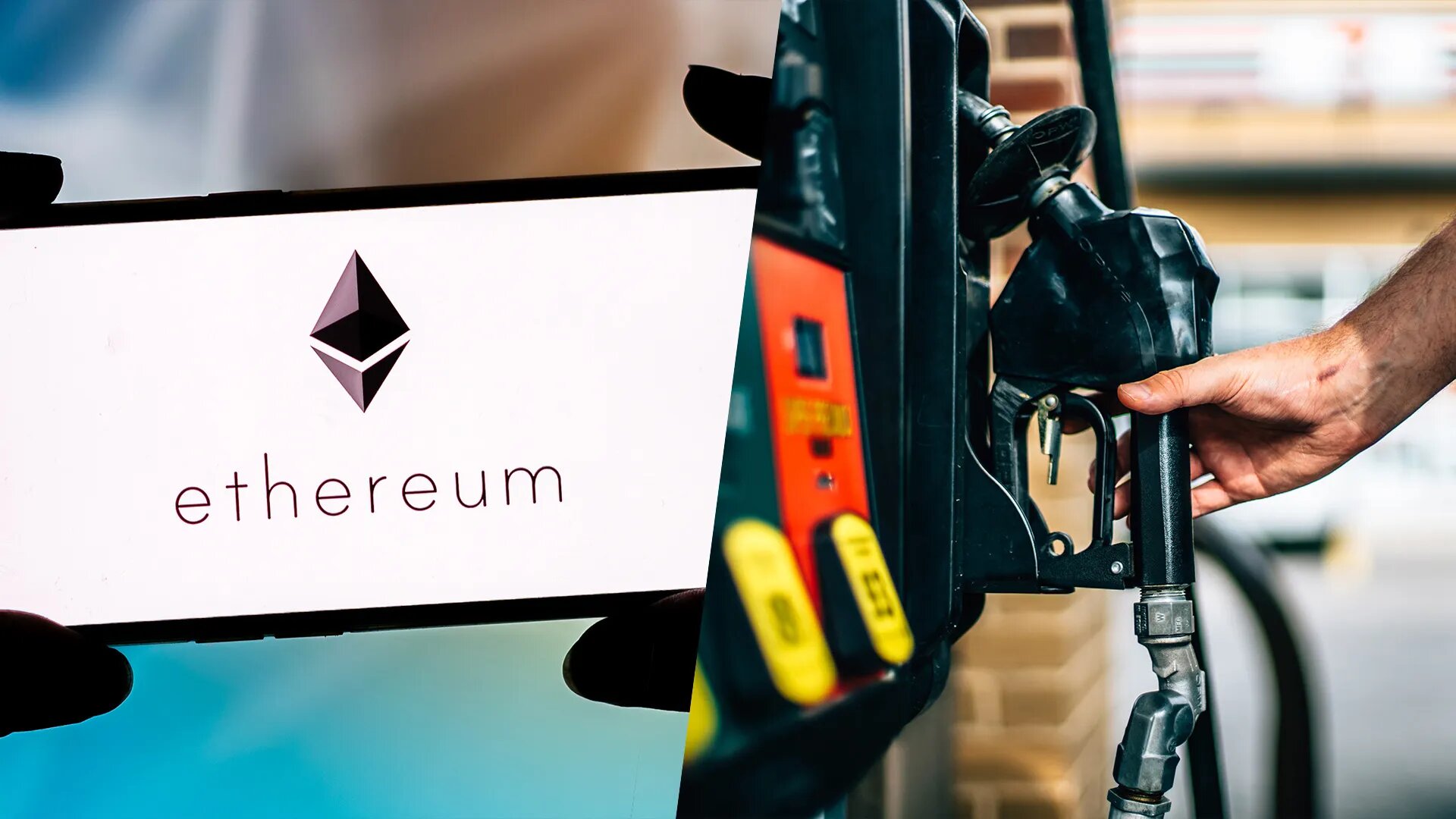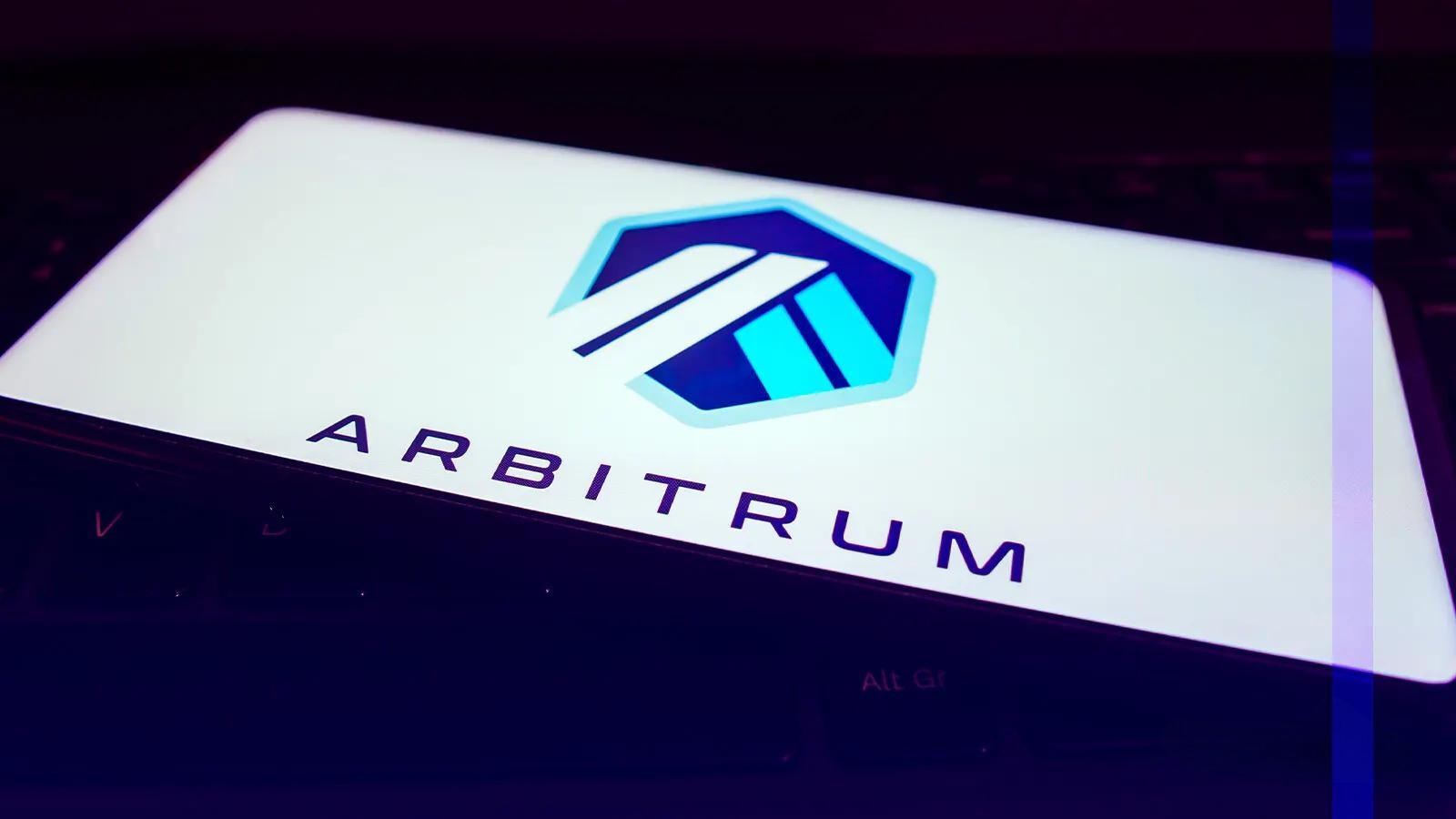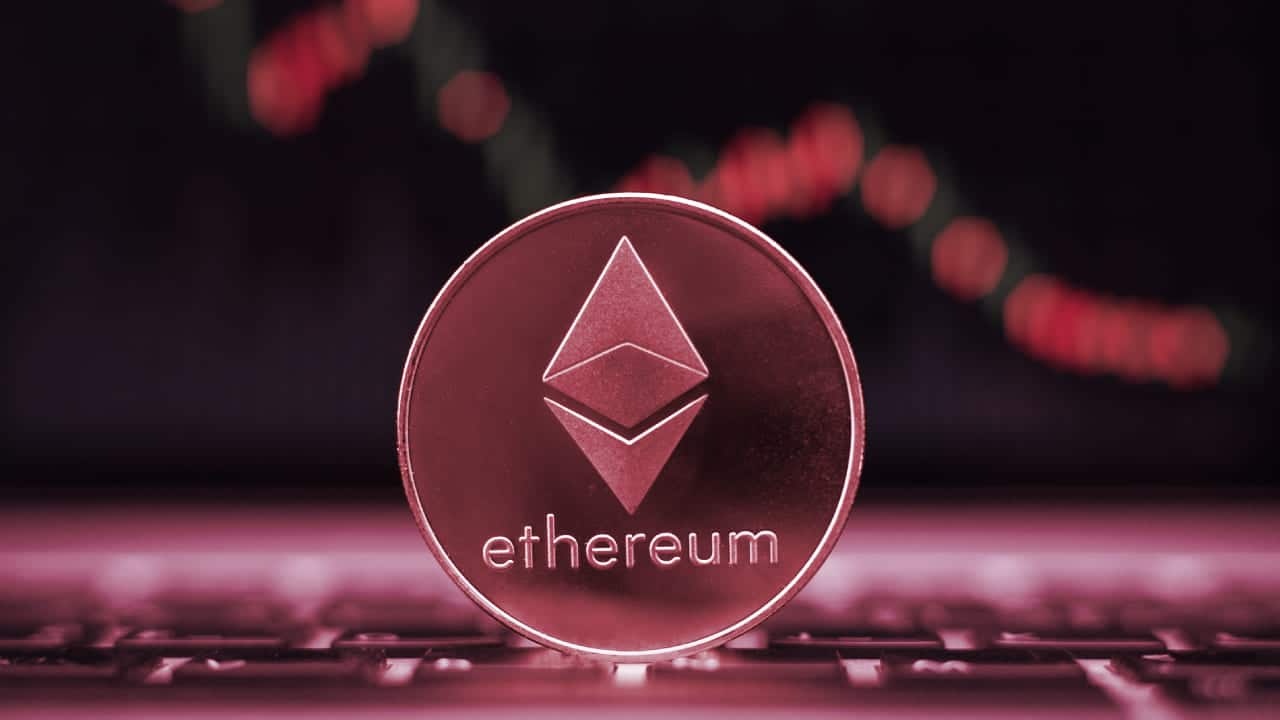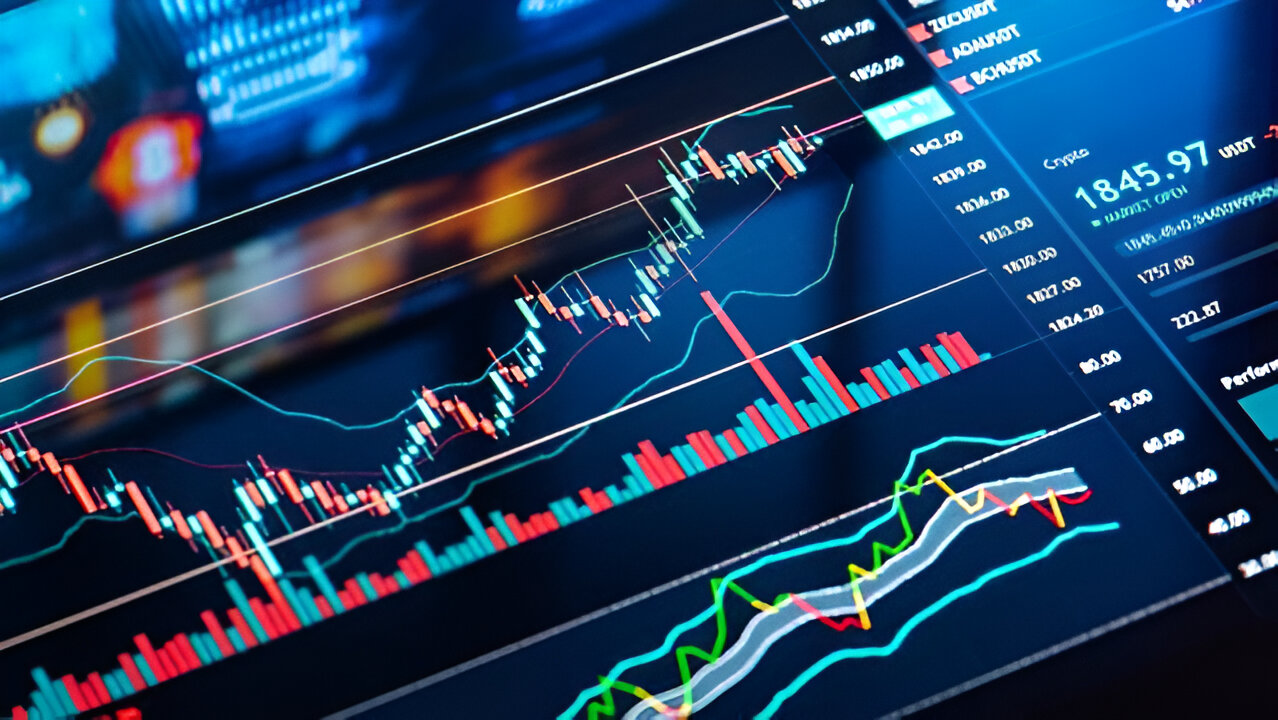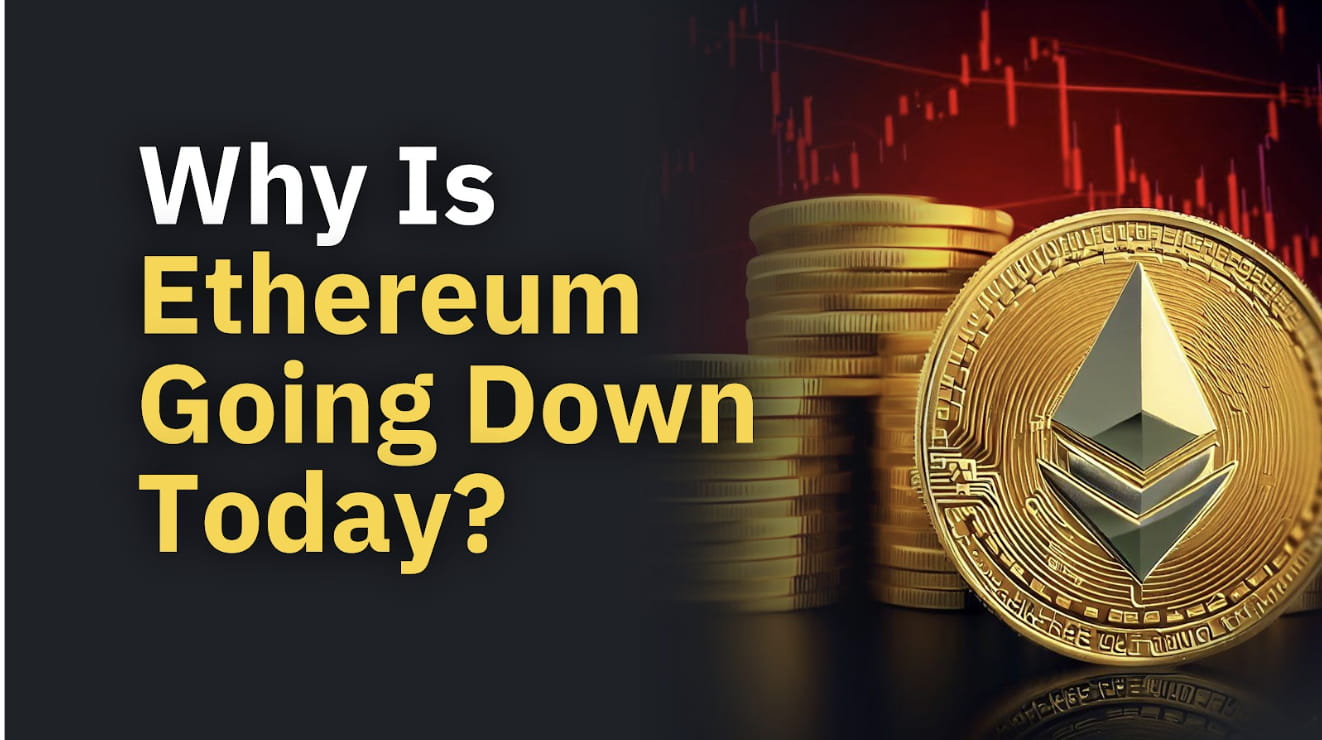Introduction
Welcome to the world of cryptocurrencies, where decentralized digital currencies have revolutionized the way we exchange value and conduct transactions. As you delve into this exciting realm, you will undoubtedly come across the term “gas fees.” Gas fees play a crucial role in the functioning of blockchain networks and understanding them is essential for anyone involved in cryptocurrency transactions. In this article, we will explore what gas fees are, how they work, and why they are important.
Gas fees serve as the transaction cost on blockchain networks, particularly those that utilize smart contracts. Essentially, they are the fees required to perform any action or operation on the blockchain network. These fees exist to incentivize and reward the network nodes, which are responsible for processing and validating transactions.
Gas fees are denoted in a cryptocurrency specific to the blockchain network, often referred to as the “native token.” For example, on the Ethereum network, the gas fee is denoted in Ether (ETH). The amount of gas fees required for a transaction is determined by various factors, including the complexity of the operation, the demand on the network, and the congestion of the blockchain.
The concept of gas fees was introduced to prevent the exploitation and abuse of blockchain networks. By imposing a fee on each operation, it discourages actors from flooding the network with unnecessary or malicious transactions. Additionally, gas fees also help prioritize transactions, ensuring that those willing to pay higher fees receive faster processing times.
Gas fees play a significant role in the scalability of blockchain networks. As more users join the network and the demand for transactions increases, it can lead to congestion and slower processing times. Higher gas fees may be required to incentivize the network nodes to prioritize certain transactions over others. This has become particularly pertinent in popular blockchain networks like Ethereum, where congestion and rising gas fees have been a topic of discussion.
In the next sections of this article, we will delve deeper into how gas fees work, their importance, factors affecting gas fees, how to calculate them, and tips to reduce gas fees. By understanding these aspects, you will be better equipped to navigate the world of cryptocurrencies and make informed decisions when engaging in transactions on blockchain networks.
What are Gas Fees?
In the world of cryptocurrencies, gas fees are the transaction costs associated with performing actions or operations on a blockchain network. They are an essential component of blockchain technology, particularly in networks that utilize smart contracts. Gas fees are denoted in the native token of the blockchain network, such as Ether (ETH) for the Ethereum network.
Think of gas fees as the fuel that powers transactions on a blockchain. Just as a car requires gasoline to operate, blockchain networks require gas fees to process and validate transactions. Each operation or action on the blockchain network, whether it’s executing a smart contract or transferring tokens, requires a specific amount of gas to be consumed.
The amount of gas fees required for a transaction depends on various factors, including the complexity of the operation and the demand on the network. More complex operations require more computational resources and thus incur higher gas fees. Similarly, when the network is congested and there is a high demand for transactions, gas fees tend to increase as well.
It’s important to note that gas fees are not fixed and can vary greatly from one transaction to another. The gas fee for a transaction is determined using the formula: Gas Limit * Gas Price. The gas limit represents the maximum amount of gas that can be consumed for a transaction, while the gas price determines the cost per unit of gas.
Gas fees serve several purposes within blockchain networks. First, they incentivize network nodes, also known as miners or validators, to include a transaction in a block and process it. Miners are rewarded with gas fees for their computational work and resources used to validate transactions. Therefore, higher gas fees incentivize miners to prioritize certain transactions over others, as it is more financially rewarding for them.
Gas fees also help prevent various forms of exploitation and abuse of the blockchain network. By requiring a fee for each operation, it deters actors from spamming the network with unnecessary or malicious transactions. It ensures that the network resources are dedicated to meaningful and legitimate transactions.
Furthermore, gas fees play a crucial role in the scalability of blockchain networks. As more users join the network and demand for transactions increases, it can lead to congestion and slower processing times. Higher gas fees incentivize miners to prioritize transactions, allowing for more efficient processing and faster transaction confirmations.
In the next section, we will explore in more detail how gas fees work and the various factors that can impact their calculation. Understanding these aspects will provide you with a comprehensive understanding of gas fees and their significance in the world of cryptocurrencies.
How does Gas Fees Work?
To understand how gas fees work, let’s dive into the inner workings of a blockchain network. When a user initiates a transaction, whether it’s a simple token transfer or a more complex smart contract execution, they need to specify the amount of gas they are willing to pay for that transaction.
The gas limit is the maximum amount of gas that a user is willing to allocate for a transaction. This value is set by the user and represents the maximum computational resources they are willing to consume. The gas limit serves as a safeguard against infinite loops or excessive computational demands that could potentially disrupt the network.
On the other hand, the gas price represents the cost per unit of gas. It is denominated in the native token of the blockchain network. In simple terms, the gas price determines how much cryptocurrency the user is willing to pay for each unit of gas consumed in the transaction.
When a transaction is submitted to the network, miners or validators evaluate the transaction based on the gas limit and gas price. They determine whether the gas fee offered by the user is sufficient to include the transaction in a block and process it. Miners prioritize transactions with higher gas fees as it is more financially rewarding for them.
The total gas fee for a transaction is calculated by multiplying the gas limit by the gas price. For example, if the gas limit is set at 100,000 and the gas price is 0.00001 ETH per unit of gas, the total gas fee would be 1 ETH.
It’s important to consider that if the gas limit set by the user is too low for the complexity of the transaction, the transaction may run out of gas. In such cases, the transaction fails, and the gas spent up to that point is still deducted from the user’s account. This ensures that miners are compensated for the computational resources they have already consumed.
The concept of gas fees and the way they are calculated provide several benefits to blockchain networks. First, they ensure that the network is not congested with unnecessary or malicious transactions, as users need to pay a fee for each operation. Gas fees also incentivize miners to validate transactions and maintain the security and integrity of the network.
Gas fees can vary greatly depending on network congestion and user demand. During periods of high traffic, gas fees tend to rise due to increased competition among users to have their transactions processed faster. Conversely, during periods of low demand, gas fees may be lower as there is less competition for network resources.
In the next section, we will explore why gas fees are important and the role they play in the overall functioning of blockchain networks.
Why are Gas Fees Important?
Gas fees play a vital role in the functioning and sustainability of blockchain networks. They serve several important purposes that are crucial for the overall integrity and efficiency of the network.
First and foremost, gas fees provide an economic incentive for miners or validators to participate in the network and validate transactions. Miners dedicate their computational power and resources to solving complex mathematical problems that validate and secure transactions on the blockchain. In return, they are rewarded with gas fees. Without gas fees, miners would lack the incentive to process transactions, which could result in a breakdown of the network’s operations.
Gas fees also help prevent spam and abuse of the network. By charging a fee for each operation, it discourages malicious actors from flooding the network with excessive or meaningless transactions. This ensures that the network resources are devoted to genuine and valuable transactions, maintaining the integrity of the blockchain.
Furthermore, gas fees contribute to the scalability of blockchain networks. As more users join the network and the demand for transactions increases, gas fees provide a mechanism for prioritizing transactions. Users who are willing to pay higher gas fees can have their transactions processed faster, allowing for a more efficient allocation of network resources. This incentivizes users to consider the gas fees they are willing to pay and encourages them to optimize their transactions.
Gas fees are also important in the context of network congestion. During periods of high traffic, such as when there is a surge in transaction volume or when popular decentralized applications (dApps) become widely used, congestion can occur. Gas fees help in managing congestion by incentivizing miners to prioritize transactions with higher fees. This ensures that transactions go through, even during times of high demand, albeit at a higher cost.
Moreover, gas fees promote transparency and predictability in the blockchain ecosystem. Users can estimate the gas fees required for their transactions based on the gas limit and gas price. This allows them to make informed decisions and assess the cost implications before initiating a transaction. It also encourages users to optimize their transactions by finding a balance between lower gas fees and faster processing times.
In summary, gas fees are important for maintaining the economic incentives of miners, deterring network abuse, prioritizing transactions, managing congestion, and providing transparency in the blockchain ecosystem. Understanding gas fees is essential for users to navigate blockchain networks effectively and make informed decisions regarding transactions.
Gas Fees on Different Blockchain Networks
Gas fees are not universal across all blockchain networks. Each network sets its own mechanism for calculating and implementing gas fees. Let’s take a look at how gas fees work on some popular blockchain networks.
Ethereum, one of the most widely used blockchain networks, introduced the concept of gas fees. Gas fees on Ethereum are denoted in Ether (ETH) and are required for executing smart contracts and conducting transactions. Gas fees on Ethereum networks can vary greatly based on network congestion and user demand.
Other blockchain networks, such as Binance Smart Chain (BSC) and Solana, have their own variations of gas fees. Binance Smart Chain uses a token called Binance Coin (BNB) to pay for gas fees. The gas fees on BSC tend to be lower compared to Ethereum, making it an attractive option for users who want to save on transaction costs.
Solana, a high-throughput blockchain network, uses the native token SOL to pay for transaction fees. Solana’s unique architecture allows for fast and low-cost transactions, making it a preferred choice for projects and users looking for scalability and efficiency.
Each blockchain network has its own gas fee structure, and it’s important for users to understand the specific gas fee mechanism of the network they are operating on. Gas fees can vary significantly between networks and can impact the overall cost and user experience of conducting transactions on the blockchain.
Additionally, gas fees on different networks may also have different structures and priorities. Some networks prioritize faster transaction processing times, while others focus on minimizing transaction costs. Users should consider their specific needs and requirements when choosing a blockchain network based on gas fees.
It’s worth noting that gas fees can fluctuate based on network conditions, user activity, and external factors. Users should stay informed about gas fee trends on the network they are using and adjust their transaction strategies accordingly. Gas fee calculators and monitoring tools are available to help users estimate the cost of their transactions on different blockchain networks.
As the blockchain ecosystem continues to evolve, more blockchain networks are likely to emerge with their own gas fee models. It’s essential for users and developers to stay updated with the gas fee dynamics of the networks they are involved in to make informed decisions and optimize their blockchain interactions.
Factors Affecting Gas Fees
Gas fees on blockchain networks are influenced by several factors, and understanding these factors can help users anticipate and manage the cost of their transactions. Let’s explore some of the key factors that affect gas fees.
1. Network Congestion: When a blockchain network experiences high transaction volume, it can lead to congestion and slower processing times. During periods of congestion, gas fees tend to increase as users compete to have their transactions prioritized by miners. Network congestion is influenced by various factors such as popular decentralized applications (dApps), high transaction demand, and network scalability limitations.
2. Gas Price Market: Gas fees are determined by the gas price, which represents the cost per unit of gas consumed in a transaction. The gas price can fluctuate based on market demand and supply dynamics. Higher gas prices incentivize miners to process transactions more quickly and prioritize transactions with higher fees.
3. Gas Limit: The gas limit represents the maximum amount of gas allocated for a transaction. More complex operations, such as executing complicated smart contracts, require higher gas limits. If the gas limit set by the user is insufficient for the transaction, it can result in out-of-gas errors, causing transaction failures. Users must set an appropriate gas limit to ensure successful transaction execution.
4. Blockchain Protocol Design: The structure and design of the blockchain protocol can also impact gas fees. Different protocols have different computational requirements and resource utilization, ultimately affecting the gas fees. For example, networks with more efficient consensus mechanisms and optimized smart contract execution may have lower gas fees compared to those with less efficient protocols.
5. User Behavior: Users play a role in determining gas fees through their transaction requirements and willingness to pay higher fees for faster processing. Users who require immediate transaction confirmations or have a higher urgency for their transactions may choose to set higher gas fees, increasing the overall cost. Conversely, users who can afford more time for transaction confirmation may opt for lower gas fees.
6. Gas Fee Auction Mechanisms: Some blockchain networks utilize auction mechanisms where users can bid for priority by offering higher gas fees. This competition can drive up gas fees, as users try to outbid each other to expedite their transactions. Auction mechanisms can lead to more efficient transaction processing, but they can also result in higher costs for users.
Understanding these factors can empower users to optimize their approach to gas fees. Monitoring network conditions, staying informed about gas fee trends, and adjusting transaction parameters, such as gas price and gas limit, based on network conditions can help users manage gas fees effectively.
It’s important to note that gas fee dynamics can differ across blockchain networks. Users should be aware of the specific factors that influence gas fees on the network they are operating on and stay updated with any changes or developments that may impact gas fee calculations.
How to Calculate Gas Fees?
Calculating gas fees on blockchain networks involves understanding how gas limit and gas price interact to determine the total cost of a transaction. The formula for calculating gas fees is relatively straightforward: Gas Limit * Gas Price = Total Gas Fee.
The gas limit is the maximum amount of gas that a user is willing to allocate for a transaction. It represents the computational resources required to execute the transaction. The gas limit acts as a safeguard against infinite loops or excessive resource consumption.
The gas price, on the other hand, determines the cost per unit of gas consumed in a transaction. It is denominated in the native token of the blockchain network and reflects the fee users are willing to pay for each unit of gas.
To calculate gas fees, you need to set an appropriate gas limit and gas price. The gas limit should be sufficient to cover the computational requirements of your transaction, while the gas price should be set at a level that incentivizes miners to process your transaction in a reasonable timeframe.
For example, consider a transaction with a gas limit of 100,000 and a gas price of 0.00001 ETH per unit of gas. Multiplying the gas limit by the gas price, the total gas fee for the transaction would be 1 ETH.
It’s important to note that the total gas fee calculated does not include any additional fees that may be incurred, such as network fees or fees specific to smart contract execution. These additional fees vary depending on the blockchain network and the specific transaction being executed.
Gas fee calculators and monitoring tools are available for different blockchain networks to help users estimate the cost of their transactions. These tools take into account factors such as current gas prices and network congestion to provide users with a more accurate estimation of gas fees.
By understanding how to calculate gas fees and monitoring the gas fee dynamics of the network you are operating on, you can make informed decisions when setting gas limits and gas prices for your transactions. This allows you to optimize the cost and efficiency of your transactions on the blockchain network.
Tips to Reduce Gas Fees
Gas fees can sometimes be a concern for users of blockchain networks, especially during periods of high network congestion or when gas prices are volatile. Fortunately, there are several strategies you can employ to help reduce gas fees and optimize your transactions. Here are some tips to consider:
1. Gas Price Optimization: Monitor the current gas prices on the network and choose a gas price that balances cost and transaction speed. Setting a slightly lower gas price than the prevailing market rate can help save on gas fees, but be aware that it may result in longer processing times for your transactions.
2. Gas Limit Adjustment: Carefully set the gas limit for your transactions. Avoid setting an unnecessarily high gas limit as it can increase the overall cost. Analyze the computational requirements of your transaction and set the gas limit accordingly to cover the necessary operations without exceeding what is needed.
3. Batch Transactions: If possible, batch multiple transactions into a single transaction. By combining multiple actions into a single transaction, you can reduce the overall gas fees. For example, instead of making several token transfers separately, combine them into one transaction to save on gas fees.
4. Gas Optimization Techniques: Developers can employ gas optimization techniques like code refactoring and using more efficient smart contract design patterns. Optimizing code logic and reducing unnecessary computational steps can help reduce gas consumption and lower gas fees.
5. Avoid Peak Periods: Gas fees can be higher during peak periods of network congestion and high demand. Consider initiating your transactions during off-peak hours to take advantage of lower gas fees. Monitoring gas fee trends can help identify optimal times for transaction execution.
6. Explore Layer 2 Solutions: Some blockchain networks offer Layer 2 scaling solutions that leverage sidechains or other off-chain mechanisms to process transactions more efficiently and at lower fees. Consider exploring these solutions, as they can provide a cost-effective alternative for certain types of transactions.
7. Explore Alternative Networks: Depending on your specific needs, consider utilizing alternative blockchain networks that offer lower gas fees or different fee structures. Research and analyze the network’s capabilities and ecosystem to ensure it aligns with your requirements.
Remember to review the gas fees and transaction requirements specific to the network you are using. Each network has its own gas fee dynamics, and it’s vital to stay informed about any updates or changes that may impact your gas fees.
By implementing these tips, you can optimize your gas fees, save on transaction costs, and improve your overall experience when conducting transactions on blockchain networks.
Common Misconceptions about Gas Fees
Gas fees can sometimes be a source of confusion among users of blockchain networks. There are several common misconceptions surrounding gas fees that are important to address. Let’s debunk some of these misconceptions:
1. Gas fees are charged by the network: Contrary to popular belief, gas fees are not directly charged by the blockchain network itself. Gas fees are paid to miners or validators who process and validate transactions on the network. The network sets the framework for gas fees, but it is the miners who receive the fees for their computational work.
2. Gas fees are fixed: Gas fees are not fixed and can vary based on network conditions and user demand. Gas fees are influenced by factors such as network congestion, gas price market dynamics, and the gas limit set by users. Users have control over the gas limit and gas price they set for their transactions, which can impact the final gas fees.
3. Gas fees are determined by transaction value: Gas fees are not directly linked to the value of the transaction being performed. Gas fees are primarily based on the computational resources required to execute the transaction, rather than the monetary value being transferred. The complexity of the operation and the amount of computation needed determine the gas fees, not the transaction value.
4. Higher gas fees guarantee faster transaction confirmations: While it is true that higher gas fees can incentivize miners to prioritize transactions, it does not guarantee immediate or faster transaction confirmations. Network congestion and other factors can still impact transaction processing times. Higher gas fees increase the likelihood of faster processing, but it is not a guarantee.
5. Gas fees are unnecessary costs: Gas fees are often seen as additional costs, but they serve crucial purposes within blockchain networks. Gas fees incentivize miners to validate transactions, deter network abuse, prioritize transactions during times of congestion, and ensure the security and efficiency of the network. Gas fees are essential for the functioning and sustainability of blockchain networks.
6. Gas fees are the same across all blockchain networks: Gas fees are not uniform across all blockchain networks. Each network has its own gas fee structure, calculation methods, and dynamics. Gas fees can vary significantly between networks based on factors like network design, consensus mechanisms, and demand. It’s important to understand the specific gas fee mechanism of the network you are operating on.
It’s crucial to have a clear understanding of gas fees and dispel these common misconceptions. By having accurate knowledge about gas fees, users can make informed decisions, optimize their transactions, and have a better overall experience when interacting with blockchain networks.
Conclusion
Gas fees are an integral component of blockchain networks, serving as the transaction costs required to perform operations and execute smart contracts. Understanding gas fees is essential for anyone involved in cryptocurrency transactions. In this article, we have explored what gas fees are, how they work, and why they are important.
We learned that gas fees are not fixed and can vary based on factors such as network congestion, gas price dynamics, and user behavior. Gas fees incentivize miners, deter network abuse, prioritize transactions, manage network congestion, and ensure the integrity and security of blockchain networks.
Gas fees are calculated by multiplying the gas limit, representing the maximum amount of gas allocated for a transaction, by the gas price, which determines the cost per unit of gas. By optimizing gas prices, adjusting gas limits, and employing strategies like batch transactions and code optimization, users can reduce their gas fees and optimize their blockchain interactions.
We also addressed common misconceptions about gas fees, clarifying that gas fees are not fixed, not directly charged by the network itself, and not necessarily linked to transaction value. Understanding these misconceptions helps users have a more accurate perception of gas fees and make informed decisions.
It’s important to note that gas fees differ across blockchain networks, and users should be aware of the specific gas fee mechanisms and dynamics of the networks they are operating on. Keeping up to date with gas fee trends and understanding the factors that affect gas fees allow users to navigate the world of cryptocurrencies more effectively.
By adhering to gas fee optimization strategies and having a comprehensive understanding of gas fees, users can reduce costs, enhance transaction efficiency, and have a smoother experience when engaging with blockchain networks.







